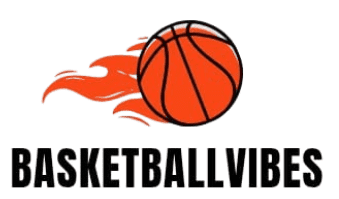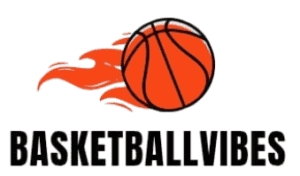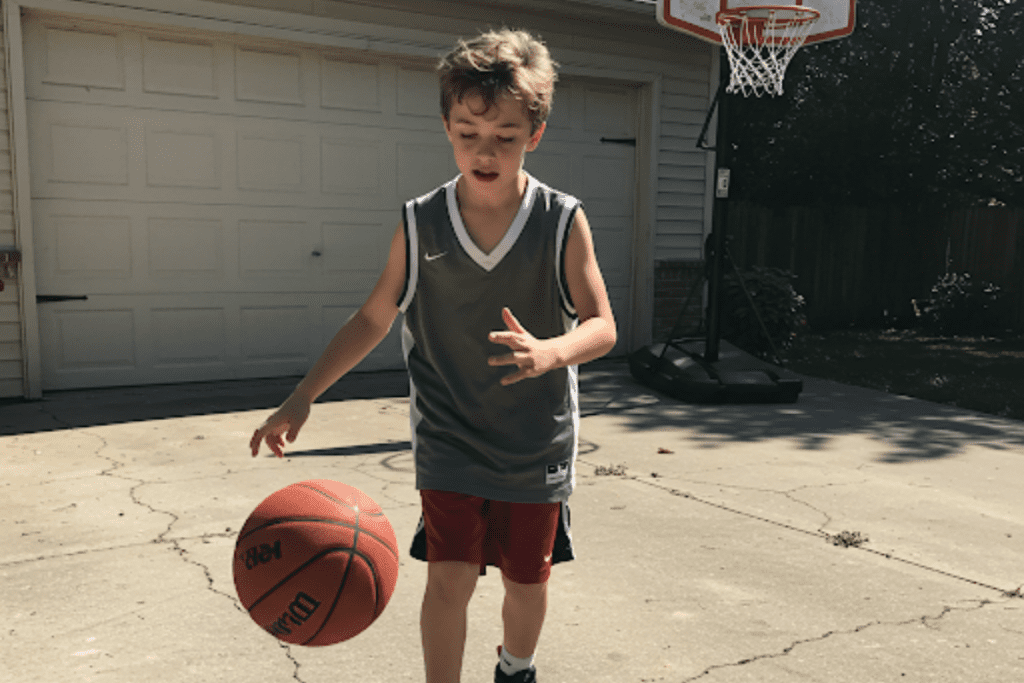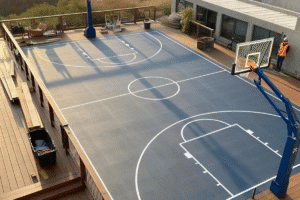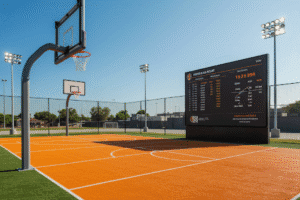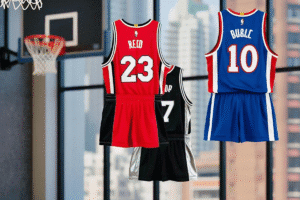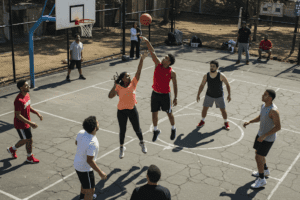If you’ve ever watched a 12-year-old struggle to shoot a basketball that’s way too big for their hands, you know how frustrating it can be. Finding the right basketball size for 12 year old players is crucial for skill development and enjoyment of the game.
Well, here’s the good news: there’s a perfect basketball size for every age group, and today, we’re diving into what size 6 basketball (28.5”) is ideal for 12-year-olds. Whether you’re a parent, coach, or player, this guide ensures you choose the best basketball for 12 year old athletes to build skills and avoid injuries.
Why Basketball Size Matters
Using the wrong youth basketball size can lead to poor shooting form and difficulty dribbling. For kids, it’s especially crucial because they’re still developing motor skills and coordination.
Imagine trying to write with a giant marker when you’re used to a pencil—it’s awkward. Similarly, a ball that’s too big or heavy makes it hard to grip, shoot, and control properly.
Basketball Size Chart: What’s Right for 12-Year-Olds?
According to USA Basketball:
| Ball Size | Circumference | Age Group |
|---|---|---|
| Size 5 | 27.5 inches | Kids 9-11 years |
| Size 6 | 28.5 inches | Boys 12-14 / Girls 12+ |
| Size 7 | 29.5 inches | Players 15+ |
The size 6 basketball is the gold standard for 12-year-olds. Note: FIBA uses a slightly larger ball (29.5”) for boys 15+ in international leagues, but size 6 remains ideal for most U.S. middle schoolers.
Pro Tip: Brands like FORZA make hybrid size 6/7 basketballs that adapt as players grow.
Why Size 6 is Perfect for 12-Year-Olds
- Easier to Grip: Designed for smaller hands, improving dribbling and shooting.
- Lighter Weight: At 20 oz, it’s 10% lighter than size 7 basketballs (22 oz).
- Builds Confidence: Coach Alicia Harper recommends mixing in size 7 drills at age 14 to prepare for high school.
Always check PSI (7.5-8.5 is ideal)—even the best basketball for 12 year old players feels wrong if overinflated.
For more information on basketball sizes, click here.
What About Height and Hoop Size?
While we’re on the topic, let’s talk about hoop height. Did you know that the height of the basketball hoop also varies by age group? Here’s the breakdown:
- 6 feet: For kids 7 and under.
- 8 feet: For ages 7-8.
- 9 feet: For ages 9-11.
- 10 feet: For ages 12 and up.

Practicing shots on a youth-sized hoop
So, if your 12-year-old is practicing at home or in a league, make sure they’re shooting on a 10-foot hoop. This helps them get used to the standard height used in competitive play.
Fun Drills to Practice with a Size 6 Basketball
Now that you’ve got the right ball, let’s talk about some fun ways to practice. Here are a few drills that are perfect for 12-year-olds:
- One-Hand Form Shooting: Stand close to the hoop and shoot using only your dominant hand. This helps improve shooting form and control.
- Dribble Challenges: Set up cones and practice dribbling through them with both hands.
- Layup Lines: Practice layups from both sides of the hoop to improve coordination and footwork.
Common Mistakes to Avoid
Using a Ball That’s Too Big
A size 7 basketball (29.5 inches, 22 oz) might seem like a step up, but it’s too heavy and large for most 12-year-olds. This can make it hard for them to grip, shoot, and control the ball properly, leading to poor form and frustration. A size 6 basketball (28.5 inches, 20 oz) is the perfect fit; it’s lighter and easier to handle, helping kids develop skills without unnecessary strain.
Expert advice: Coach Mark Williams (youth league director) sees this daily: “Parents think ‘bigger ball = faster progress.’ Nope. I’ve had 13-year-olds quit because Size 7 wrecked their shot arc.”
Ignoring Hoop Height
Shooting on a 10-foot hoop might feel challenging at first, but it’s crucial for building proper shooting mechanics. Using a lower hoop can create bad habits, like shooting with a flat trajectory that doesn’t work on regulation hoops. Starting early with a 10-foot hoop helps kids develop the strength, accuracy, and arc needed for long-term success.
Expert advice: A soggy 15 PSI ball? That’s why layups feel “off.” Grab a $5 pressure gauge—it’s as crucial as good sneakers.
Skipping the Basics
Even if your child is advanced, don’t skip fundamental drills like form shooting, dribbling, and footwork. These basics are the foundation of every great player. For example, form shooting builds muscle memory, while dribbling drills improve hand-eye coordination and ball control. Remember, even pros practice the basics, and so should your 12-year-old!
Top Basketballs for 12-Year-Olds
If you’re looking for recommendations, here are some great size 6 basketballs to consider:
- Spalding NBA Replica: The grip pattern mimics the pros’ ball—great for outdoor concrete.
- Wilson NCAA Replica: Indoor/outdoor rubber that won’t shred palms on crossover dribbles.
- Under Armour 495: A budget-friendly option that doesn’t skimp on quality.
- FORZA Fusion Hybrid: Used in UK academies, it’s got a reinforced bladder that survives rain, snow, and your dog’s teeth.
Hot take: Leather balls (like the NBA official) feel amazing… but only on polished courts. For driveway battles? Rubber or composite all the way.
FAQs
What size basketball hoop for a 12 year old?
A 10-foot hoop is standard for 12-year-olds.
What is the average ball size for a 12 year old?
Most 12-year-olds use a size 6 basketball (28.5").
Can kids use size 7 basketball?
Only older teens (15+) should use a size 7 (29.5")—it's too big for most 12-year-olds.
Is a size 6 or 7 basketball?
For 12-year-olds, size 6 (28.5") is best; size 7 (29.5") is for ages 15+.
Conclusion
Choosing the right basketball size for a 12-year-old might seem like a small detail, but it can make a huge difference in their development and enjoyment of the game. A size 6 basketball is the perfect fit for this age group, offering the right balance of size, weight, and grip.
So, whether your child is just starting out or already dreaming of playing in the NBA, make sure they’re equipped with the right tools to succeed. And remember, the most important thing is to have fun and keep practicing!
Do you have questions or just want to share your favorite basketball moment? Let’s chat in the comments; I’m all ears (and maybe a little competitive, too)!
